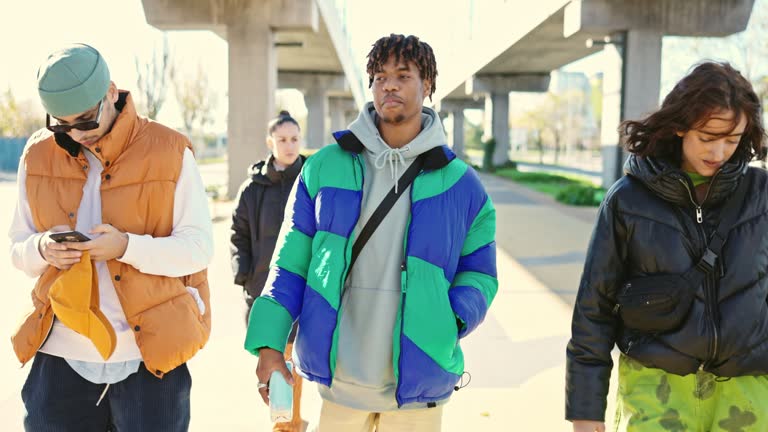Introduction
Street style has become a powerful expression of personal identity and cultural trends. From the gritty streets of New York to the vibrant avenues of Tokyo, SS represents a unique blend of fashion, art, and individuality. This article explores the origins, evolution, and impact of SS on modern fashion, offering insights into why it continues to captivate and inspire.
The Origins of Street Style
SS has its roots in urban environments, where fashion was less about high-end designer labels and more about personal creativity and practical needs. In the mid-20th century, SS emerged as a significant cultural phenomenon, driven by the youth movements of the 1960s and 1970s.
The Influence of Youth Subcultures
Youth subcultures played a crucial role in shaping SS. In the 1960s, mods and rockers in the UK popularized distinct looks that blended high fashion with everyday wear. Similarly, the punk movement of the 1970s introduced rebellious styles, characterized by DIY fashion and bold statements.
The Rise of Hip-Hop and Skate Culture
In the 1980s and 1990s, SS was further influenced by the rise of hip-hop and skate culture. Hip-hop artists popularized oversized clothing, flashy accessories, and sportswear, which became synonymous with street fashion. Skate culture introduced casual, laid-back styles with a focus on functionality.
The Evolution of Street Style
Street style has evolved significantly over the decades, adapting to changing cultural and social dynamics. Today, it is a global phenomenon that transcends geographic and socio-economic boundaries.
The Role of Social Media
Social media platforms like Instagram and TikTok have revolutionized SS, allowing individuals to showcase their outfits to a global audience. Influencers and fashion bloggers have become key players in shaping and popularizing SS trends.
The Fusion of High Fashion and Street Wear
One of the most notable trends in recent years is the fusion of high fashion with street wear. Major fashion houses have embraced SS, incorporating elements of urban fashion into their collections. This blending of styles has created a new wave of luxury street fashion.
The Impact of Street Style on Modern Fashion
SS continues to influence mainstream fashion, driving trends and shaping how people approach personal SS.
The Democratization of Fashion
Street style has democratized fashion by making it more accessible. It has shifted the focus from high fashion runways to everyday wear, allowing people from various backgrounds to express their individuality through clothing.
The Rise of Sustainable Fashion
The emphasis on individual expression in SS has also contributed to the rise of sustainable fashion. Many SS enthusiasts are now opting for second-hand and vintage clothing, promoting eco-friendly practices.
FAQs
1. What is street style?
Street style refers to fashion trends and personal styles that originate from urban environments. It emphasizes individual expression and often blends high fashion with casual wear.
2. How did street style start?
Street style began in the mid-20th century, influenced by youth subcultures such as mods, rockers, and punks. It gained prominence with the rise of hip-hop and skate culture in the 1980s and 1990s.
3. How has social media affected street style?
Social media has significantly impacted SS by providing a platform for individuals to showcase their outfits and trends to a global audience. It has also amplified the influence of fashion influencers and bloggers.
4. What is the connection between street style and high fashion?
SS and high fashion have merged in recent years, with luxury fashion houses incorporating elements of urban fashion into their collections. This fusion has led to a new wave of luxury street wear.
5. How can I incorporate street style into my wardrobe?
To incorporate SS into your wardrobe, focus on mixing casual and high-fashion pieces. Experiment with bold accessories, oversized clothing, and unique combinations that reflect your personal style.

